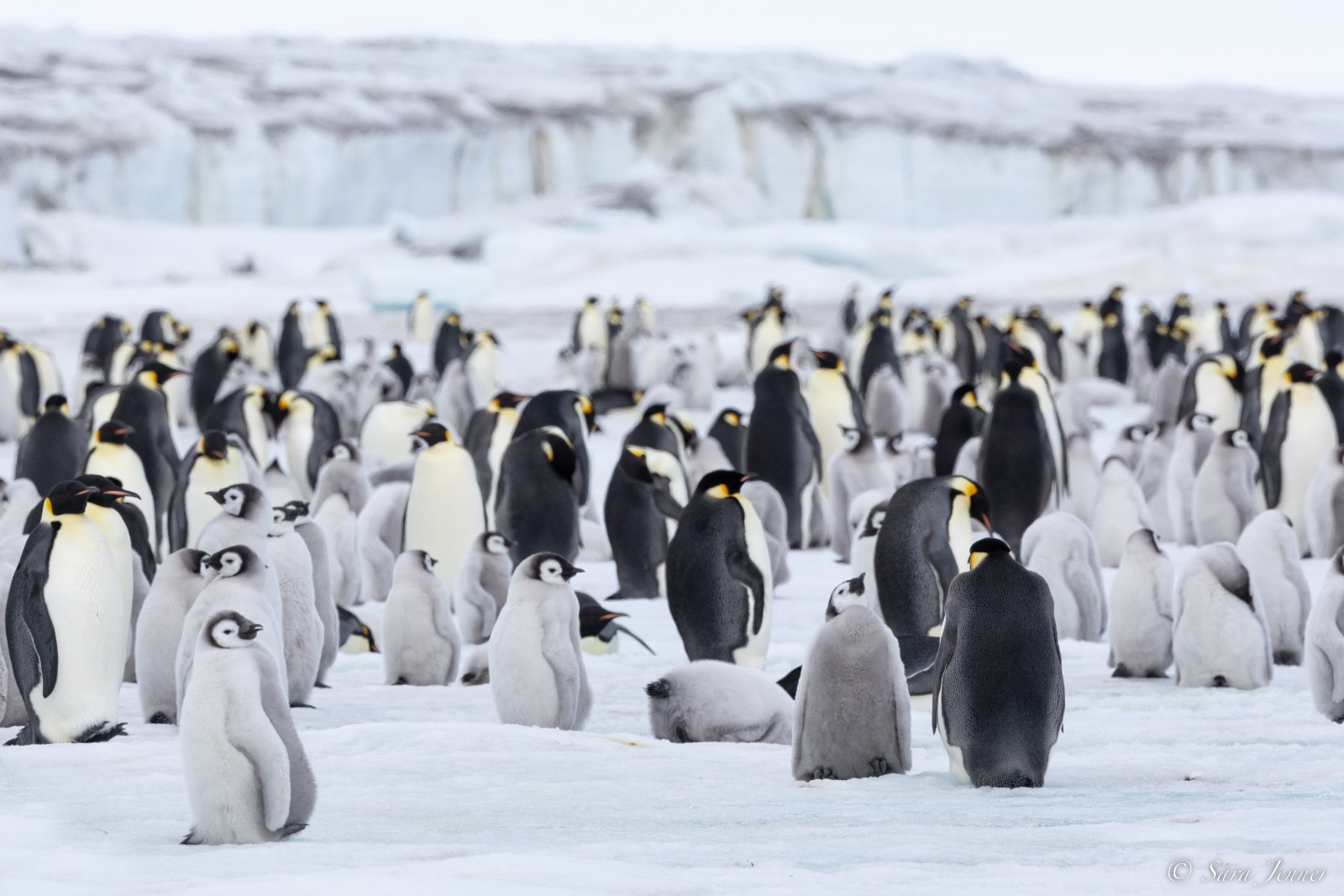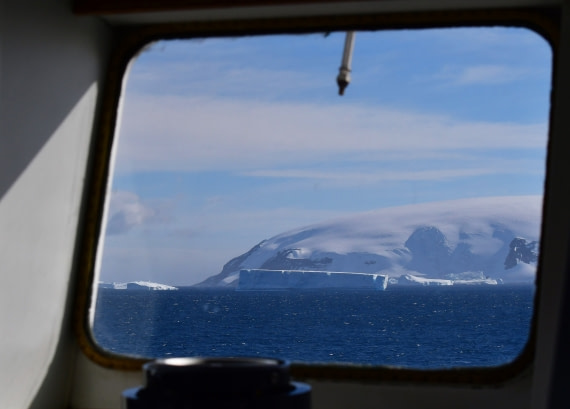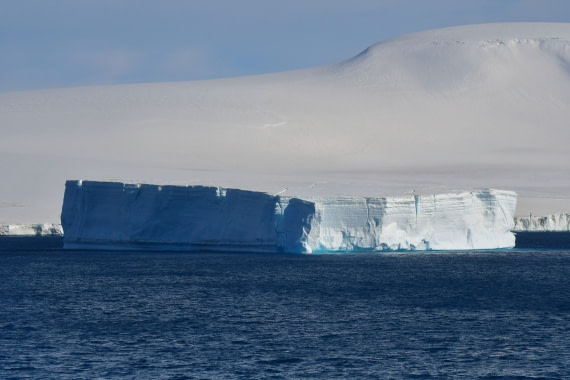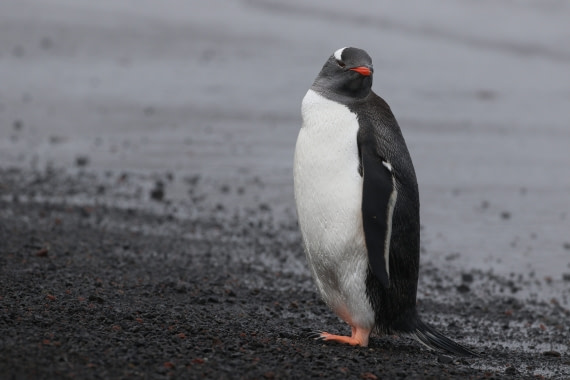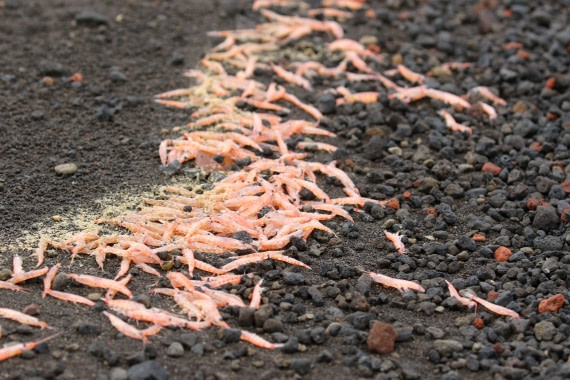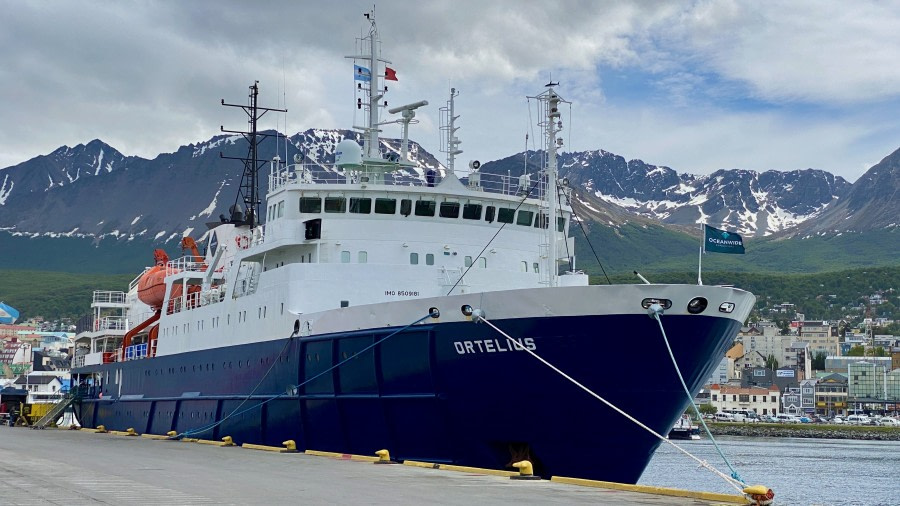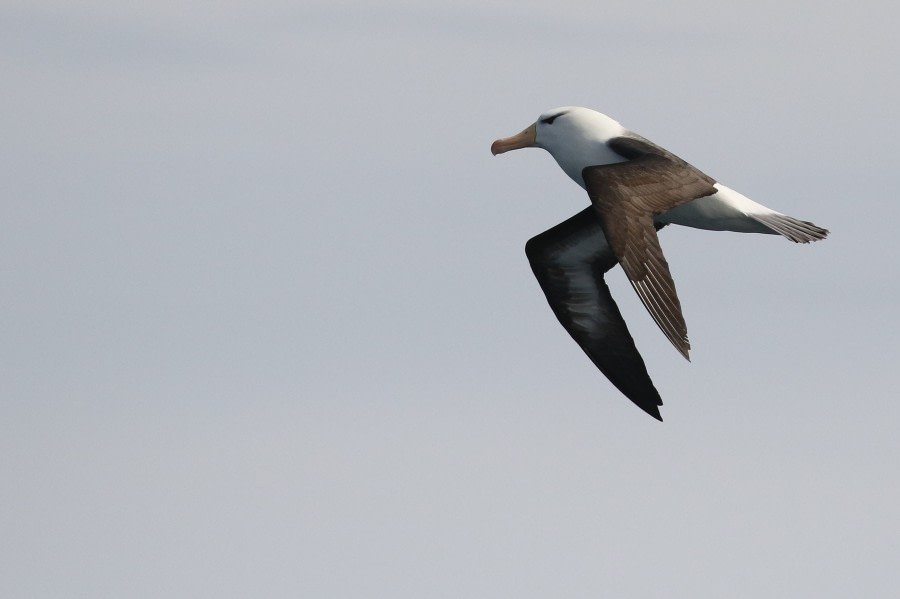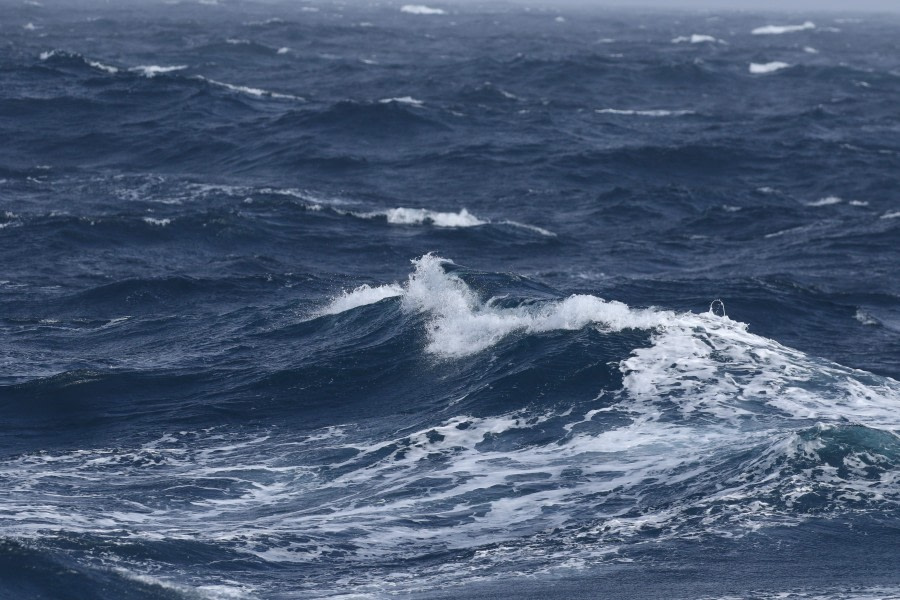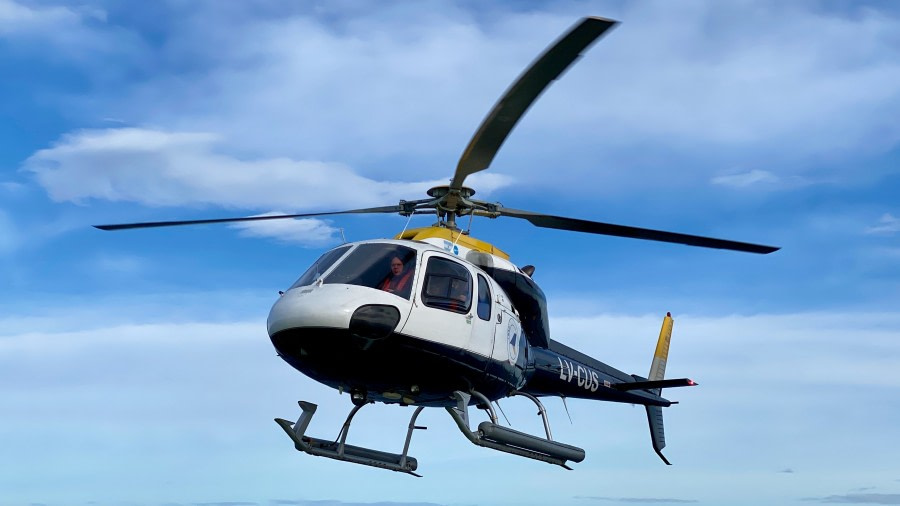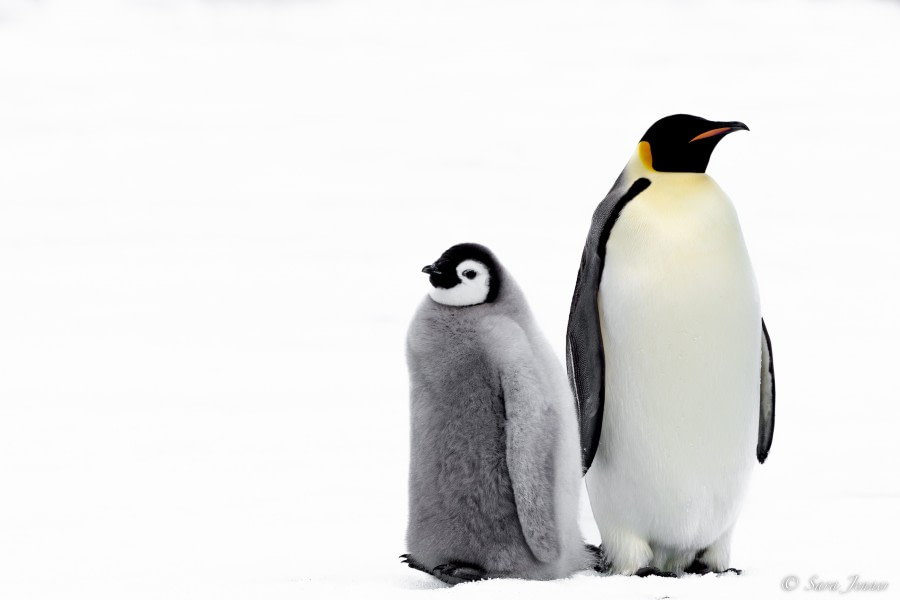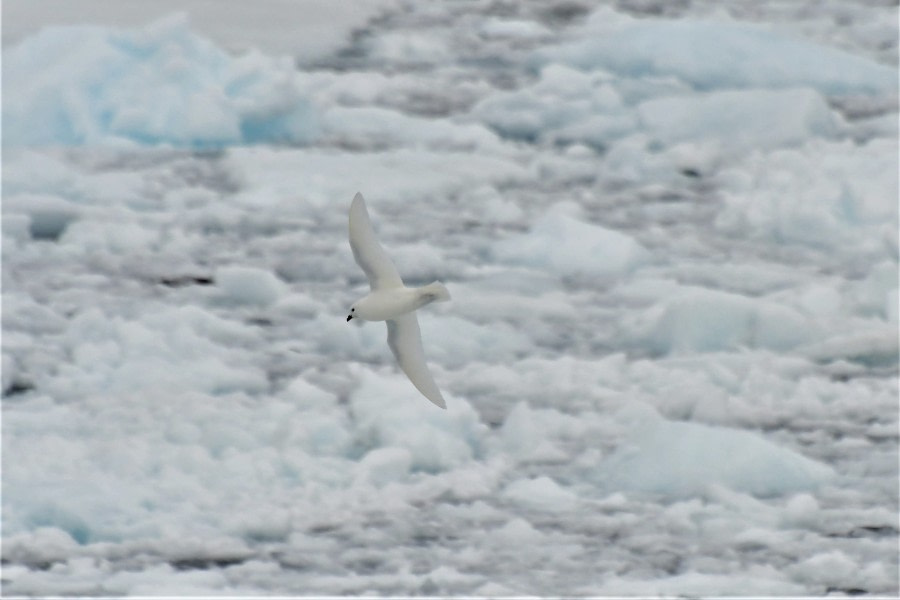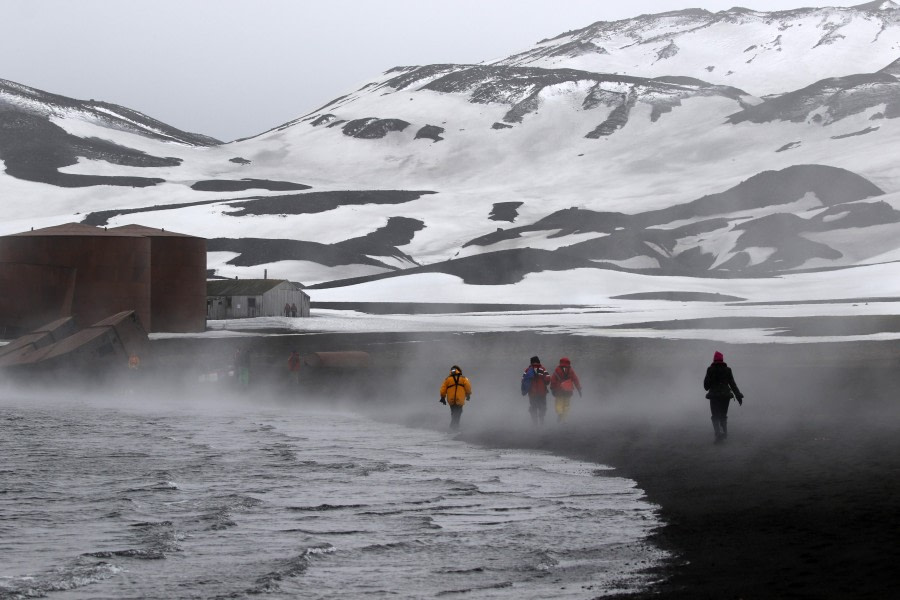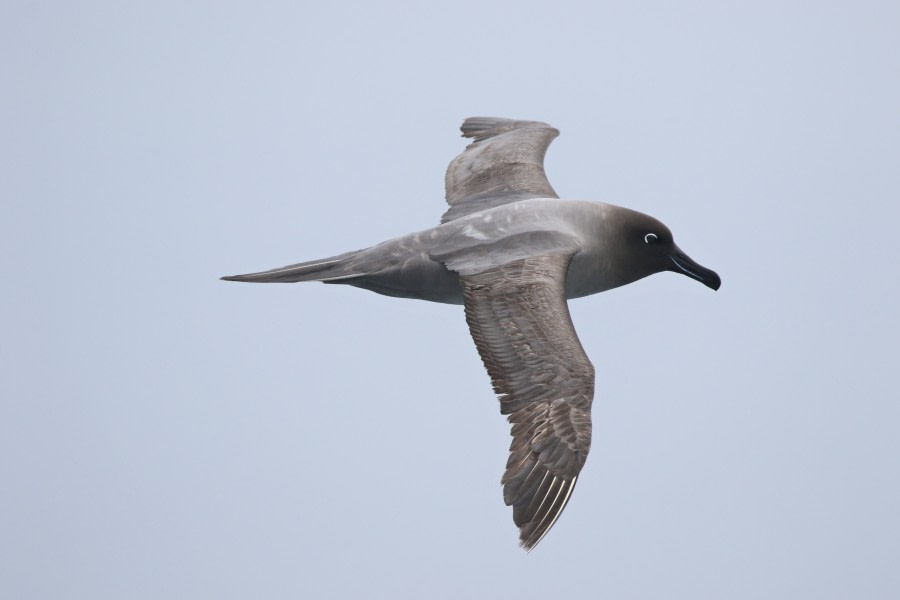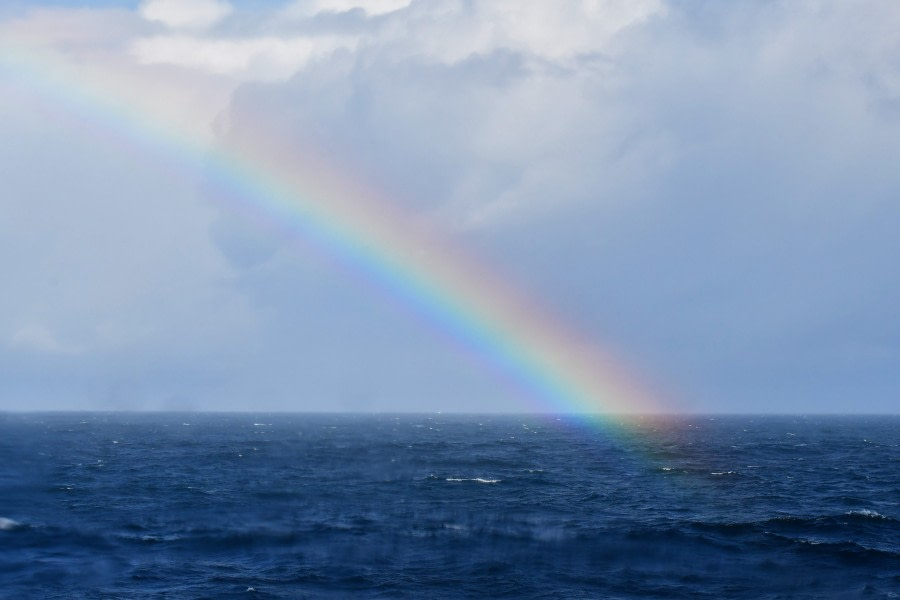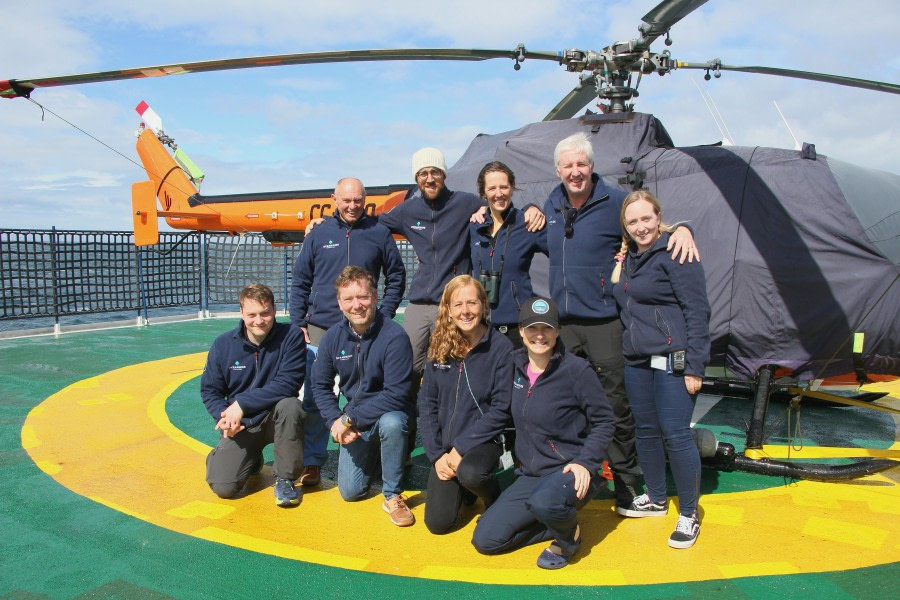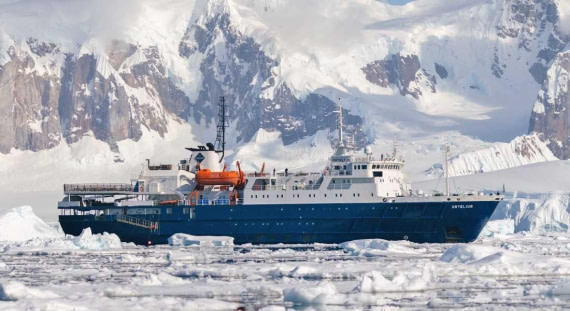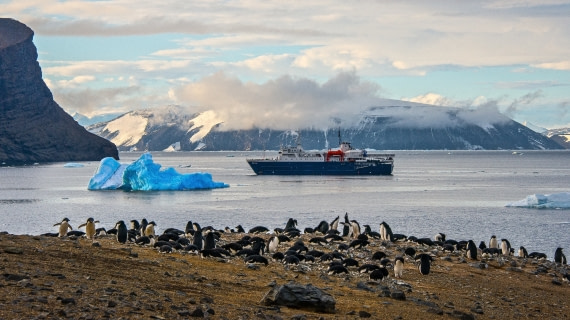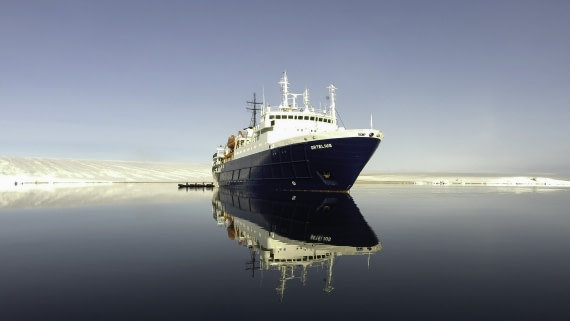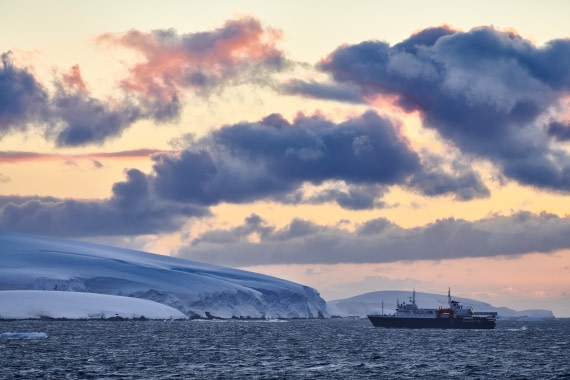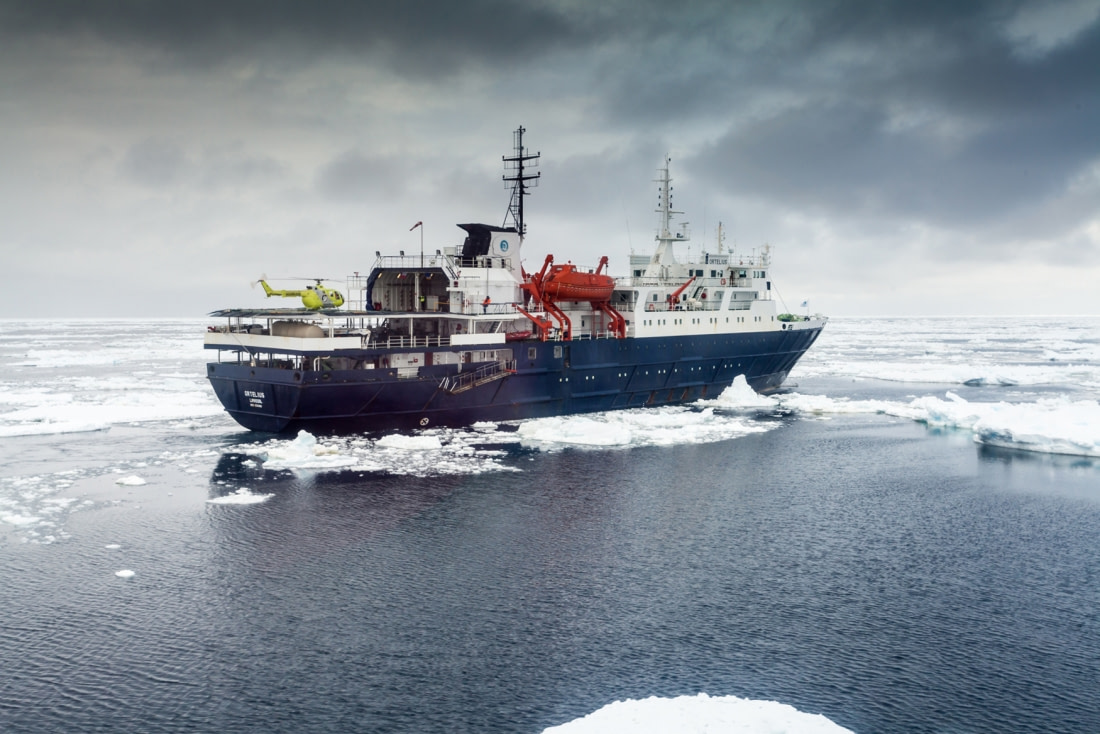| Date: | 14.11.2022 |
| Position: | 54° 48’.6 S - 068° 17’.9 W |
| Wind: | SW 3 |
| Weather: | Overcast |
| Air Temperature: | +15 |
The day had finally come: it was time to board the good ship Ortelius for our expedition to the Weddell Sea in Antarctica to search for Emperor Penguins! Some of us had booked the trip years ago and had plans cancelled due to a certain pandemic (which we will not mention again!) so it was incredibly exciting that the wait was over. It was a beautiful, sunny day as we arrived at the port in Ushuaia with calm, glassy waters. The Expedition Team and Hotel Staff had helpfully brought our luggage aboard and taken it to our cabins earlier in the day. All that remained was for us to take a few photos of Ortelius, the ship that would be our home for the next eleven days, before heading up the gangway.
We were warmly welcomed by all the crew and staff who assisted us in finding our cabins. We had a little time to explore the ship and get our bearings and grab a coffee and some pineapple cake in the bar. Once everyone was onboard it was time for the mandatory ship safety briefing. From Expedition Leader Adam, Chief Officer Per and Cadet Nathan. We were given all the information we needed such as moving safely around the ship, the things we could and could not do, and how to put on our emergency life jackets. Having learned this, it was then time for an abandon ship drill so after hearing the seven short and one long blast of the ship’s horn we went to our cabins, got our lifejackets, and went to our muster stations (either the restaurant or bar). Then we were led to our lifeboats so we would know where to go in case of a real emergency.
After the drill we headed back to the lecture room where Hotel Manager Stephen and Assistant Hotel Manager Thijs gave a welcome briefing, helping to explain how life would be on the ship over the coming days. With briefing formalities concluded, it was time to join Captain Ernesto Barria in the bar to raise a glass in celebration of the voyage. Cheers everyone! Then it was time for our first evening meal, with a delicious buffet selection provided by Chef Heinz and his galley team served by our friendly dining room staff. After dinner we were given our muck boots which we would use for going ashore; comfortable but also, very importantly, waterproof for our wet zodiac landings!
As the evening went on excitement grew for the arrival of the helicopters which would be essential for visiting the Emperor penguin colony at Snow Hill Island. Time passed as some final documentation was approved for the helicopters to fly out from Puerto Williams to join us. Just as the light was fading, first one, then two, then finally three helicopters, expertly flown by their highly skilled pilots, landed on board Ortelius. It was completely dark when the last one touched down at 23:01. The first two, callsigns CUS and CHV had their blades removed and were put in the hanger. The last one, CHQ was secured on the helideck. Everyone was delighted and relieved – now we could continue our journey south! After a long day of travel for most of us it was time for bed to get some rest before the first day of the infamous Drake Passage tomorrow. We hoped the seas and winds would be kind to us!
